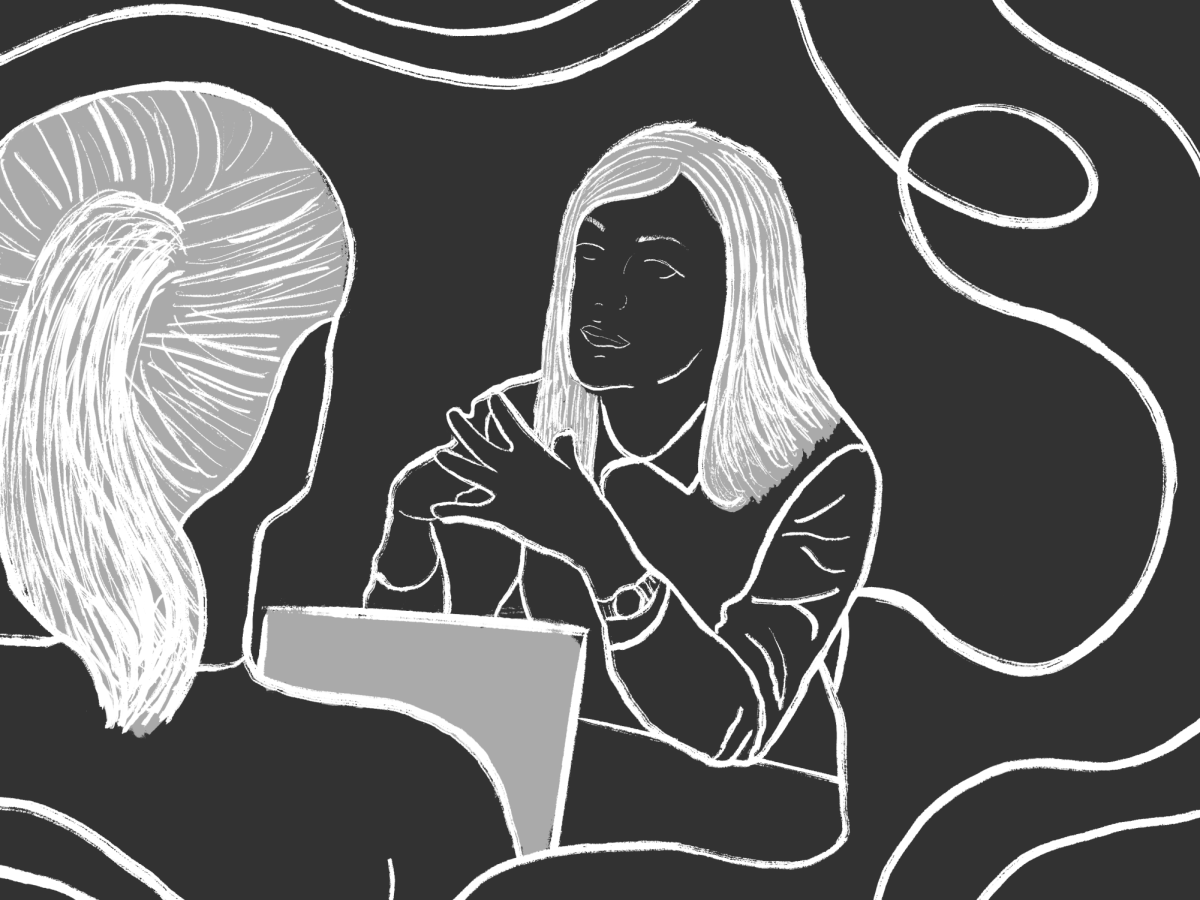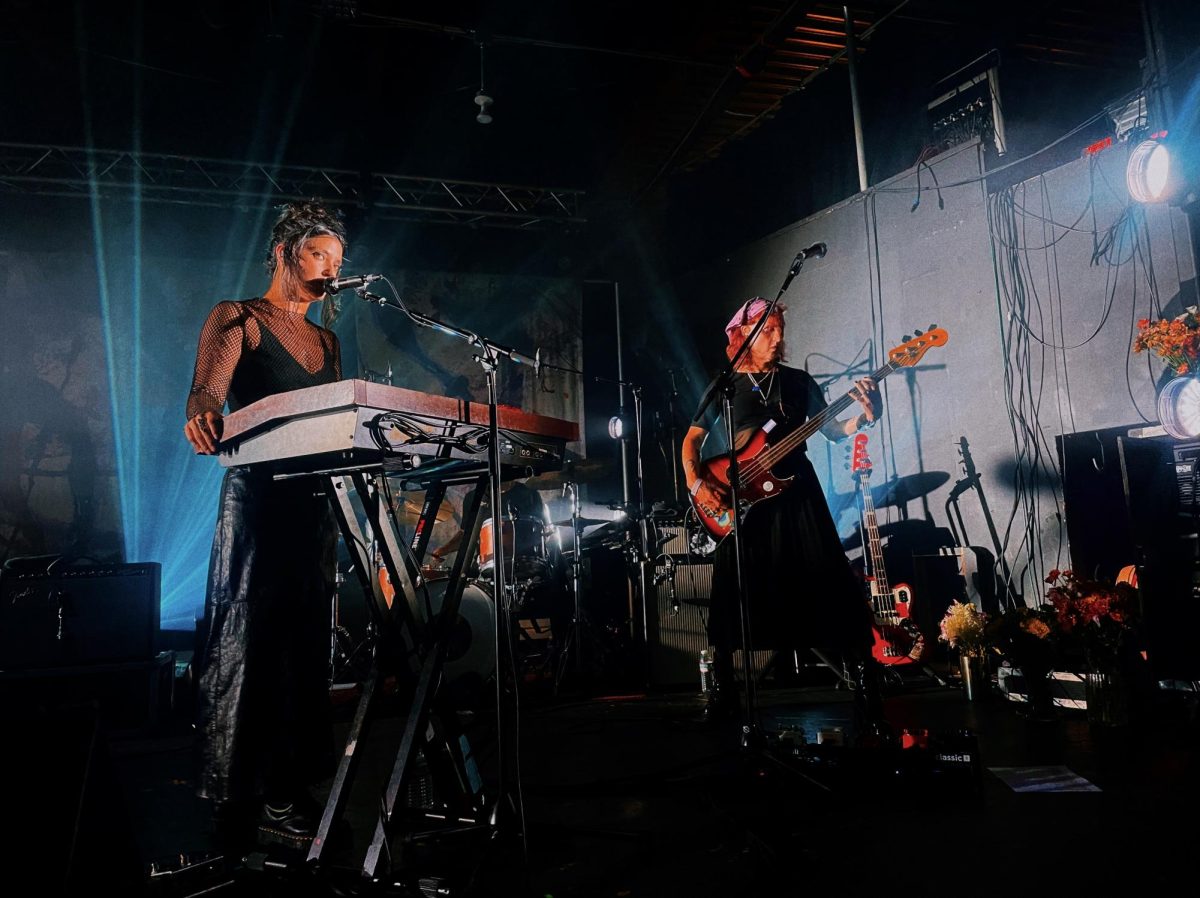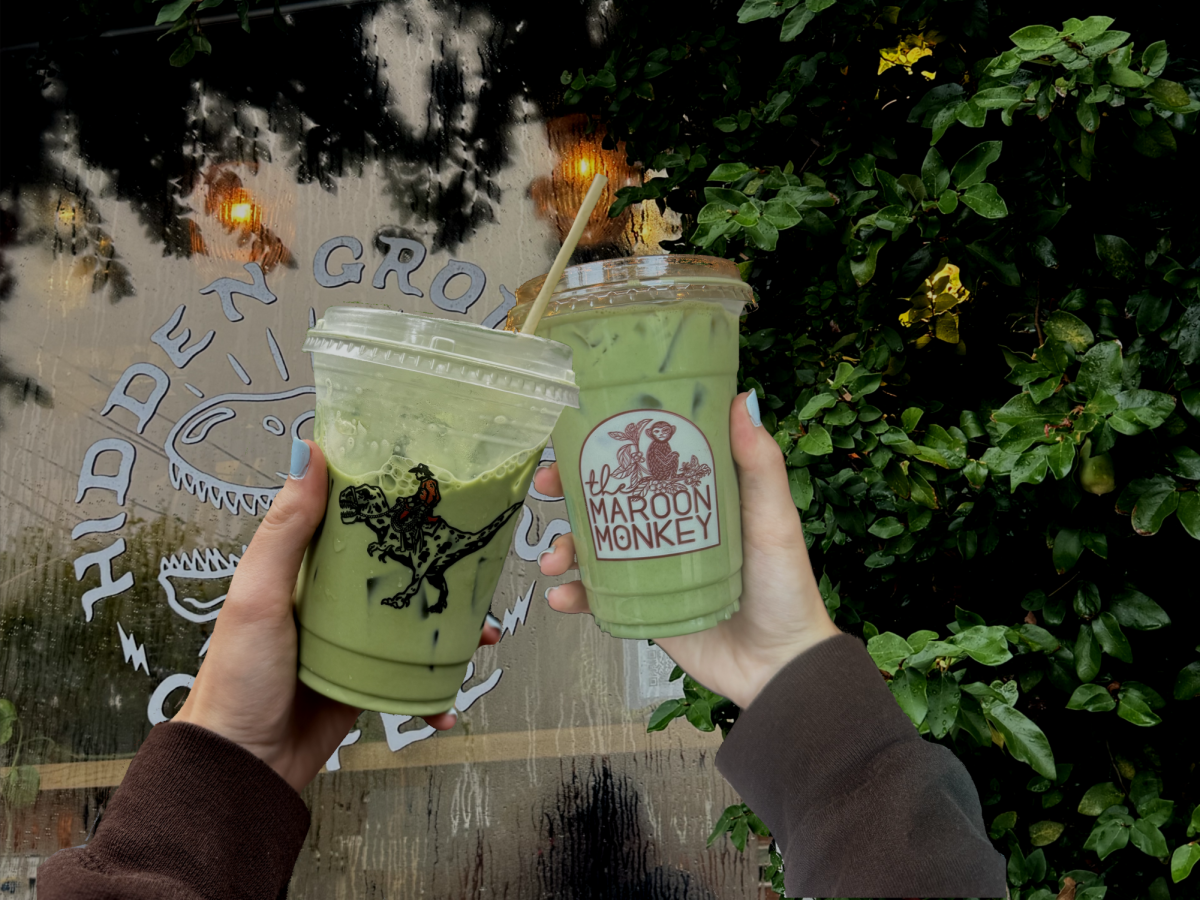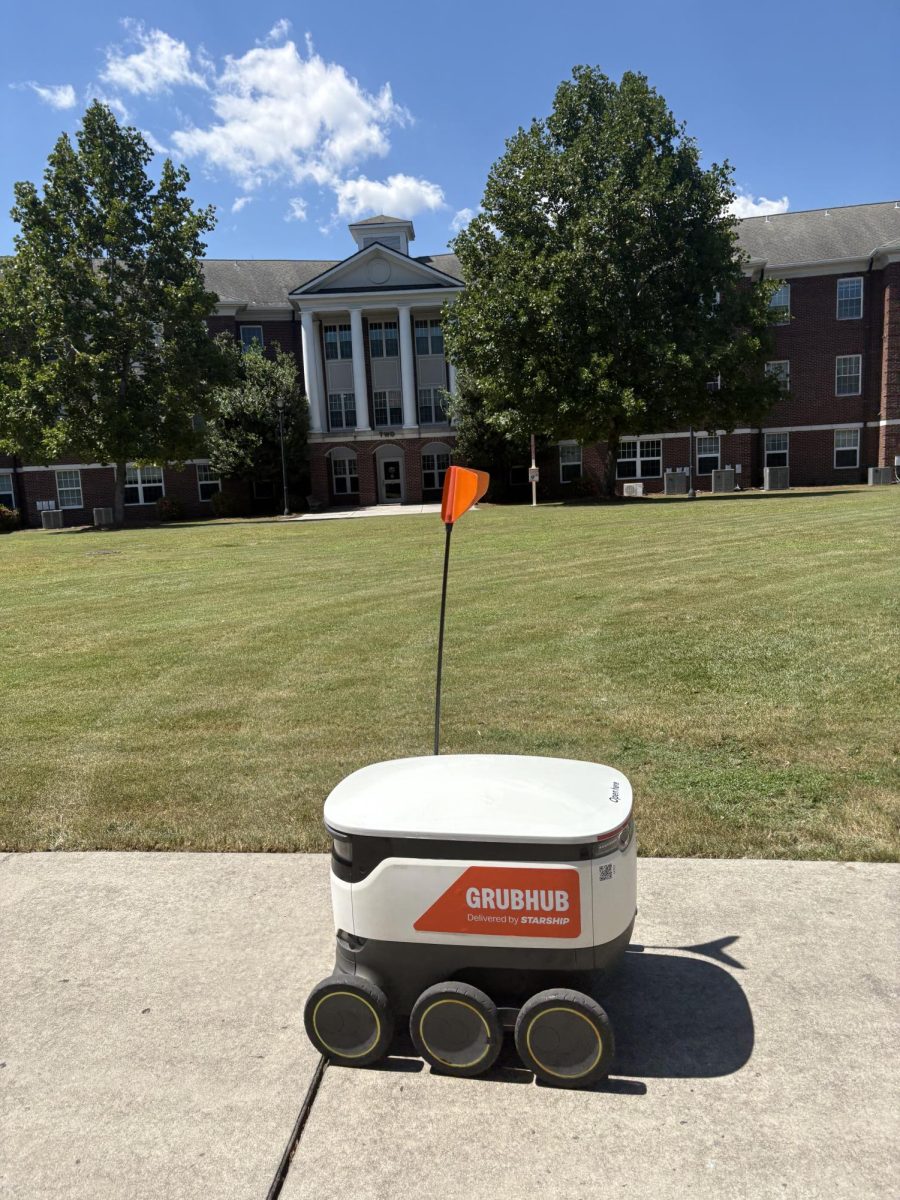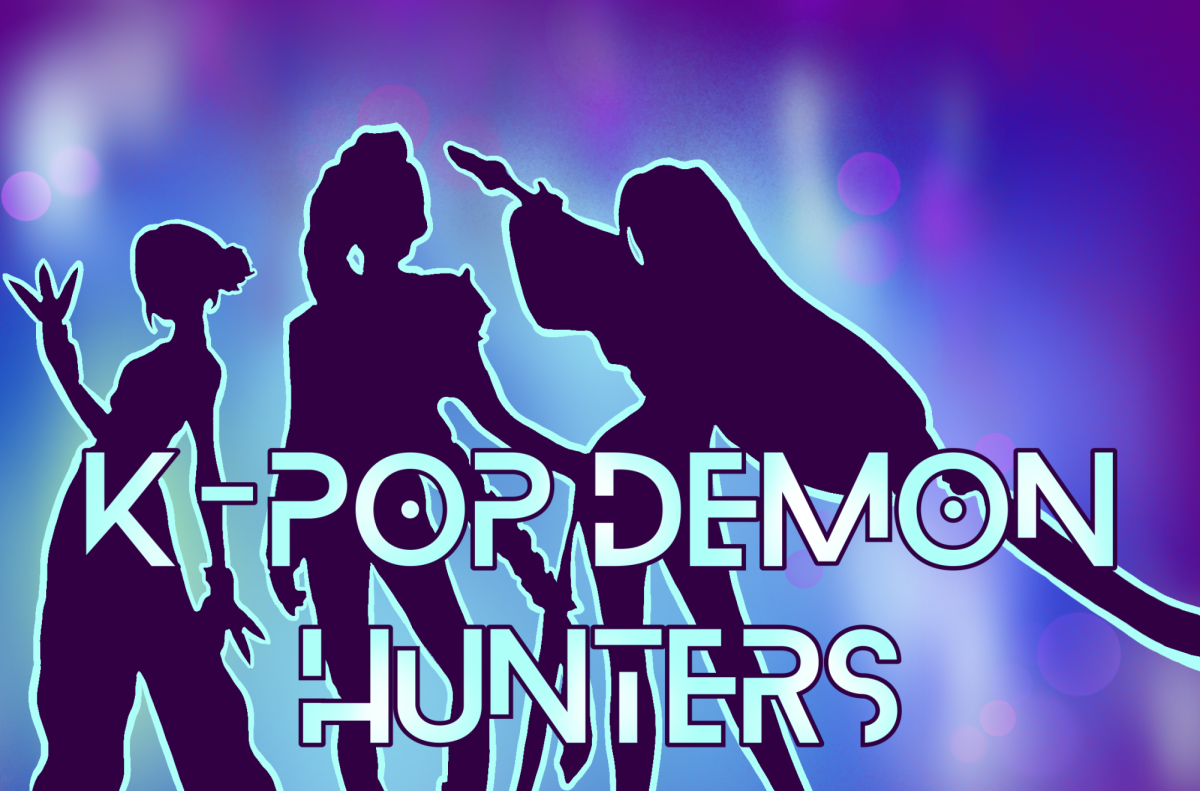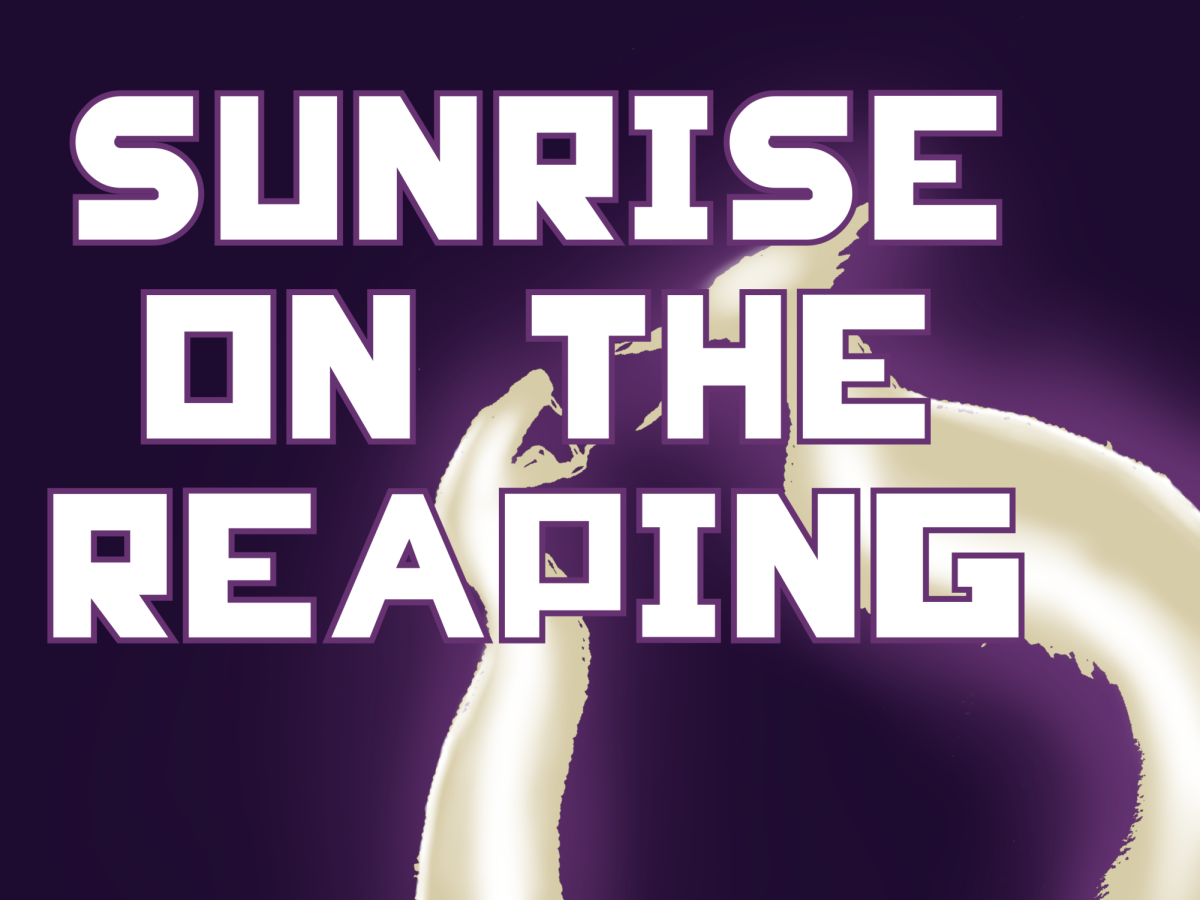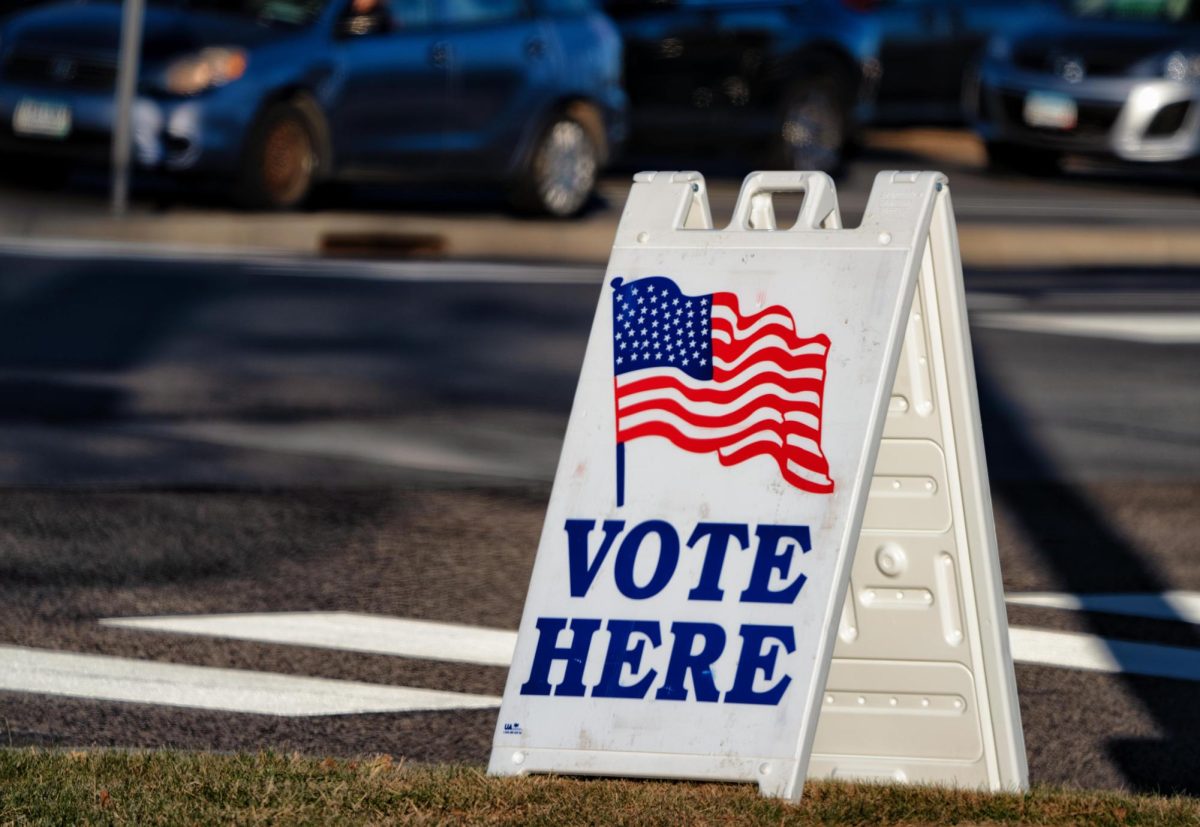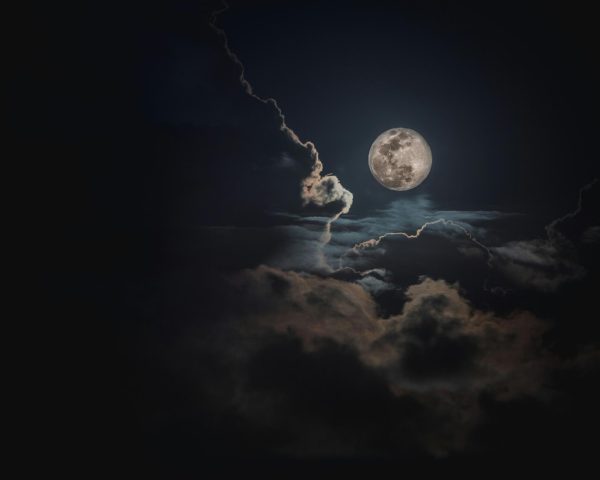
Monsters and supernatural figures have served as a constant presence in media, from passed down spooky stories such as the Legend of Bloody Mary, to beloved, slightly quirky characters in television aimed at children and adults alike. However, just like a game of telephone, the way we depict our favorite spooky creatures has changed over the years. “Vampire cannibalism” used to be even more grotesque, if possible, and the religious culture of the 1400s heavily impacted society’s perception of witches. We may never know these monster’s best kept secrets, but if one thing is for certain–everything is definitely not as it seems.
Vampires
Vampires have served as broody, sultry love interests, from The Vampire Lestat in Anne Rice’s “The Vampire Chronicles,” to the entire Cullen clan in Stephanie Meyer’s iconic “Twilight Series.” Vampires in popular culture can be dated back to 1898, with the publication of Bram Stoker’s “Dracula,” which set the precedent for vampire literature, and many of the stereotypes we now come to associate with vampires. The idea that vampires do not have reflections was of Stoker’s creation, and Count Dracula’s long, pointed fangs also were a unique idea that had influence on future stories. Stoker is also largely attributed with the idea that vampires are “turned” by first being bitten by another vampire.
Pre-Dracula, vampires were not nearly as glamorous. Rather than being “undead,” they were actually seen as the “patient zero” of many plagues, and were huge spreaders of illnesses. They were also another level of cannibalistic—they didn’t just eat humans, they often ate their own family members. However, Edward Cullen certainly never appeared to be the one to spread the common cold or flu around high school, nor take a bite out of his beloved siblings, and we have Bram Stoker to thank for this idea.
Despite its major significance, Dracula was not actually the first major literary work about vampires. Most widely recognized is “The Vampyre,” a short story published in 1819 by John William Polidori. Polidori is accredited with the sophistication of vampires, his characters not coming from the poor lowlife but the upper class aristocracy, intelligent seductors and manipulators. The work of Polidori, Stoker and many others influenced the new tales of vampirism that we now know and love.
Fun facts to know and tell– the prompt that inspired Polidori to write “The Vampyre” was the same prompt that led to the creation of one of the most notorious literary monsters– Mary Shelly’s Frankenstein. In 1816, poet Lord Byron inspired some of his friends and colleagues to engage in a scary-story writing contest, of which produced two incredibly influential monster-stories whose mark is still being felt centuries later.
Ghosts
What’s scarier than an eerily translucent ghost floating around and haunting your house? A solid, hyper realistic ghost haunting your house. Past ghosts were as solid as the living—they didn’t float through walls or flicker in and out of existence like they are now commonly depicted as doing. The idea of ghosts being translucent did not originate until the late 1700s, which explains many historic ghost sightings. When someone claimed they saw a ghost, they didn’t see wisps of a spirit; they saw someone who didn’t belong, a Victorian woman in the industrial era, perhaps. The abstract ideas behind ghosts were the same– spirits who had not entirely left yet– but slain mistresses seeking vengeance in estates that are no longer theirs, or wistful inventors who merely wish to watch society evolve, walked the halls and roamed the streets as if they had never left.
Ghosts as see-through figures began to occur in the late 18th and early 19th centuries with the rise of new technology and entertainment. Common during the time were optical shows, particularly phantasmagoria, pioneered by Étienne-Gaspard Robert, more commonly known as Robertson. Phantasmagoria was a form of visual storytelling used for horror and ghost stories. The usage of lanterns and glass mirrors resulted in ghosts and other supernatural figures being depicted as 3D, shadowy figures that seemed to approach the audience. This view of ghosts as inhuman stuck as other forms of media arose, and led to the spooky, now-you-see-me-now-you-don’t depiction we are so familiar with.
Witches
Witches have a unique place in history that many of our favorite monsters do not. The ideas of witchcraft are deeply rooted in reality and spiritual practices, which is why the witchcraft trials, like in Salem, impacted as many people as they did. The idea of witchcraft found its foundation in religion, and accusing someone of practicing such often occurred when a person deviated from ideas aligning with the religious sect of the area.
The idea of witches dates as far back as the Holy Bible, depicted as prophets and summoners, and often condemned for their actions. The idea that witches were “doing the Devil’s work” stuck particularly hard in Europe, which led to the first witch trials almost two centuries earlier than the more infamous occurrences in Salem. This view of witchcraft swiftly became a way for churches to rid themselves of individuals they believed were engaging in deviance, guided by the publication of the “Malleus Maleficarum Manifesto”, which essentially functioned as a how-to-guide for identifying witches.
Disease and overall lack of medical knowledge and resources are cited as the source for many supernatural sightings, and their role in the history of witchcraft is no different. Many “witches” were often simply diseased; warts were not the sign of the devil, but perhaps just measles. Schizophrenia and even disorders like OCD also played a role in the behavior of those accused of witchcraft.
Aided by their religious origins, witches are some of the most culturally diverse monsters, with different depictions throughout different religions and countries. This means that almost any modern interpretation, from old, warty villains in Disney films to intelligent young minds seen in “Harry Potter”, stems from some sort of historical or religious legend. Additionally, many lighthearted “witchy” practices adopted by Western society have traditional roots in the nonwestern world. Most prominent are the idea of traditional healers, which strongly originate in Africa and across Asia. Despite both of these continents engaging in witch hunts, divine healing was an almost “acceptable” form of social deviance, as it is so strongly tied to religious texts. These practices remain used to this day, and have spread to the western world and media, showing that witchcraft is alive and well.
Werewolves
Werewolves are interesting in that they evolved from many different myths. What we typically think of as werewolves are classic shapeshifters, but some cultures depict werewolves as half human half wolf, like a centaur or mermaid. The idea of human-animal hybrids exists in many classic mythological stories and folklore, such as the Nordic “Saga of the Volsungs,” in which a father and son discover a means to turn people into wolves for ten days.
“Werewolf trials” actually predate witch trials. These trials were most prominent once again in Europe, during the 15th-17th centuries. A few serial killers who blamed their actions on claims that they were mutants led to the hunt for those who had committed crimes, under the belief that they were also werewolves. Similar to witch trials, people often used werewolf “mutancy” to explain the behavior of those not assimilated to society, and frequently led to the murder of innocent citizens.
Many common werewolf myths and stereotypes stem from scientific research on the animals themselves, and are relatively grounded in reality. Wolves form bonded partnerships with their mates, which is where the pop culture depictions of mating (and even the highly controversial “Twilight” imprinting) derives from. Wolves are also nocturnal, and since they aren’t typically awake to howl when the sun is out, the idea that they howl at the moon was born.
Vampires would not have made great love interests before the 19th century, ghosts were somehow even scarier, and werewolves are surprisingly normal? From religious texts and literature spanning across the world, and technological advancements that make things even more likely to go bump in the dark, Halloween’s favorite characters have a long, occasionally misconstrued history. Let’s say a hope and a prayer that the angry mistress in the basement or the modern-day occultist aren’t too upset about the way they have been misconstrued, or there might be some scary surprises in store this upcoming halloween.


